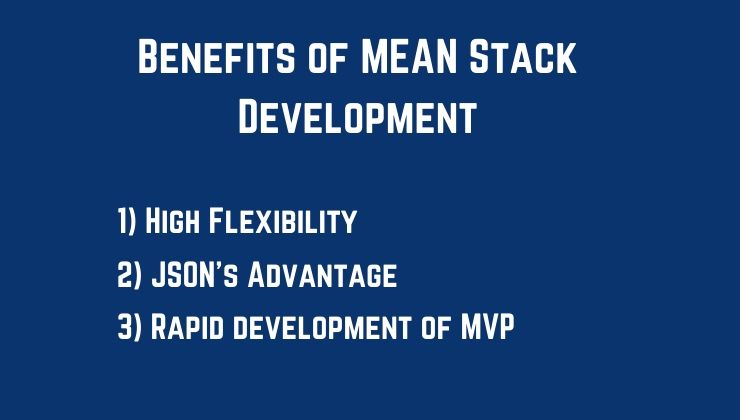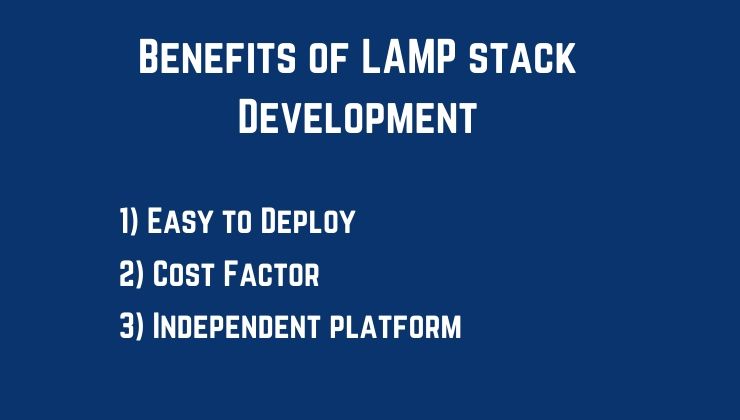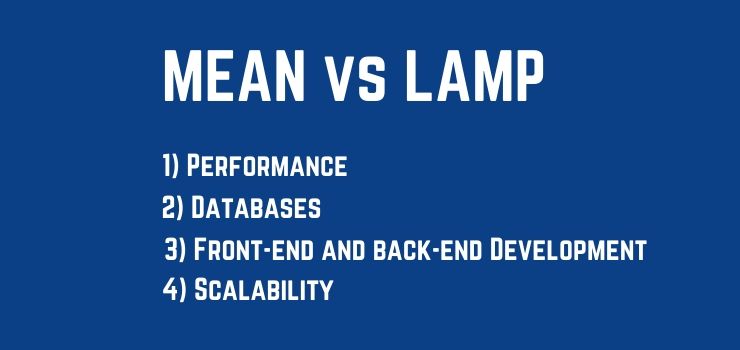When implementing various technologies, choosing the right technological stack for your business is not an easy task. Enhancing your technological equipment always carries you in minor setbacks.
However, you have to do that quite often, and you can’t escape that. There are different database architectures and software solutions available, and you don’t know all of them, so you can’t figure out which option to go for and why.
So, in this article, we will discuss the MEAN vs LAMP stack. But before you start comparing the variants of each technology stack, you need to understand the attribution and feasibility of the stack, which is very crucial in development.
Before choosing the right stack for your project, here are a few aspects to take care of:
- Knowing your project requirement
- Moving to Agile Model
- Going beyond your project requirements for better client experience
- Experience and comprehension development team
- Flexibility and Scalability team
- Development costs
Let’s try to understand the differences between LAMP and MEAN before choosing the correct technology stack for your project.
What is MEAN Stack?
MEAN Stack is a software stack collection based on JavaScript that is used to construct dynamic websites and web applications.
MEAN is an acronym with M for MongoDB, E for Express.js, A for Angular JS, and N for Node.js. It is a free & open-source stack designed to provide programmers with a fast and organized technique to generate fast prototypes of web methods based on MEAN.
One of the important advantages is the same JavaScript language that works at each application stage.
Benefits of MEAN Stack Development

1) High Flexibility
MEAN stack enables the efficient development of isomorphic code as JavaScript is applied throughout. For example, if you develop a code in Node.js and later if you plan to transfer your code to AngularJS, you can do it readily without altering the code.
MongoDB itself improves the flexibility of MEAN stack. It is a rigid layer of the database with automatic sharing and full support characteristics of the cluster. So, you can host your cloud project.
2) JSON’s Advantage
It may be helpful to grow MEAN stack with JSON. It allows seamless distribution of data between layers when choosing Angular JS or MongoDB.
The information can be imported and processed using MySQL server codes. Every time MEAN stack uses similar formats, saving time when reformatting. It also encourages external APIs so you can choose to work with them when necessary.
3) Rapid development of MVP
In order to improve the speed of growth, many frameworks, libraries, and reusable modules are available in the stack. With the availability of ready-made options, one can save time and also need fewer people in the development. MEAN stack offers a strong foundation as well.
Also Read: All About the Next Generation App Development Framework
What is LAMP Stack?
LAMP stands for Linux, Apache, MySQL, PHP, Perl and Python. It is one of the oldest piles of web development and is well suited for dynamic websites and internet applications. As it offers an outstanding substitute for commercial software packages, it is still being implemented.
Due to the open-source of the LAMP stack, developers can avoid vendor lock-in and build for the internet without having to spend much on their growth.
For many years, developing business-level web applications with advanced customization and flexibility has been a compelling answer. LAMP interacts with end clients and can change the source to suit the specific demands of the developer.
Benefits of LAMP Stack Development

1) Easy to Deploy
The deployment factor of the web application is difficult, especially if the language of programming cannot be integrated easily with the database and server. No such issues occur in LAMP, however, as it implements PHP that makes it possible to expand LAMP internet apps.
2) Cost Factor
Because each level in LAMP stack is open-source, a project can be completed with minimal cost of manufacturing and hardware.
Additionally, other open-source applications such as Joomla, Drupal, OS Commerce can be accessed in the LAMP stack, so you can choose the right option and deploy a project according to your requirements. This makes the project’s cost even lower.
3) Independent platform
LAMP code works on a wide range of operating systems and is therefore platform-independent. LAMP’s Windows, Linux, Android and iOS are easy to use.
MEAN vs LAMP Stack Comparison

1) Performance
The stack database accounts mainly for efficiency and speed. The app often suffers from high transaction loads with a MySQL database, which decreases load speed and overall effectiveness.
In contrast, to MEAN stack, MongoDB trading off consistency increases performance extremely fast. MEAN stack is an ideal choice if a project can afford to lose data once in order to attain speed and flexibility.
2) Databases
MEAN stack allows you to operate on a single non-relational database, MongoDB. Rather, it features a query model based on a document, it does not store data in tables. In contrast to relational databases, designers now prefer MongoDB to accelerate and secure data easily.
3) Front-end and back-end Development
To construct Frontend apps, you need to hire JavaScript developers with LAMP stack while the backend requires PHP or Perl developers.
In relation to this LAMP stack, there are separate navigation layers to access separate configuration files and use separate syntax during programming.
You merely need a JavaScript developer in the event of MEAN stack development to program both frontend and backend across the stack as its entire JavaScript.
4) Scalability
The LAMP stack involves a multi-demand MySQL database with a high competitiveness rate slowing production from MySQL. It operates better with decreased input and output ratio, but when the ratio is scaled up the performance becomes sluggish.
On the other hand, with a growing quantity of inputs, the MEAN stack has great performance scaling advantages. The stack can scale up the database, frontend and backend as the competitiveness rate increases.
Furthermore, MongoDB offers auto-failover and auto-sharing assistance in distributing the information evenly with automatic rearrangement. As the number of requests increases, this helps to increase efficiency.
Endnote:
It is essential to indulge in partnerships that will produce an outstanding product that will result in significant ROI according to your requirements.
Many businesses have noticed that the LAMP stack is not sufficiently flexible to serve their purposes, so they are moving gradually to the MEAN stack.
To achieve your required results, it is vital to decide the right technology stack between the development of LAMP and MEAN stack.
Ultimately, in better performance, easier integration, faster development, and improved client satisfaction, software based on the right technology results.

